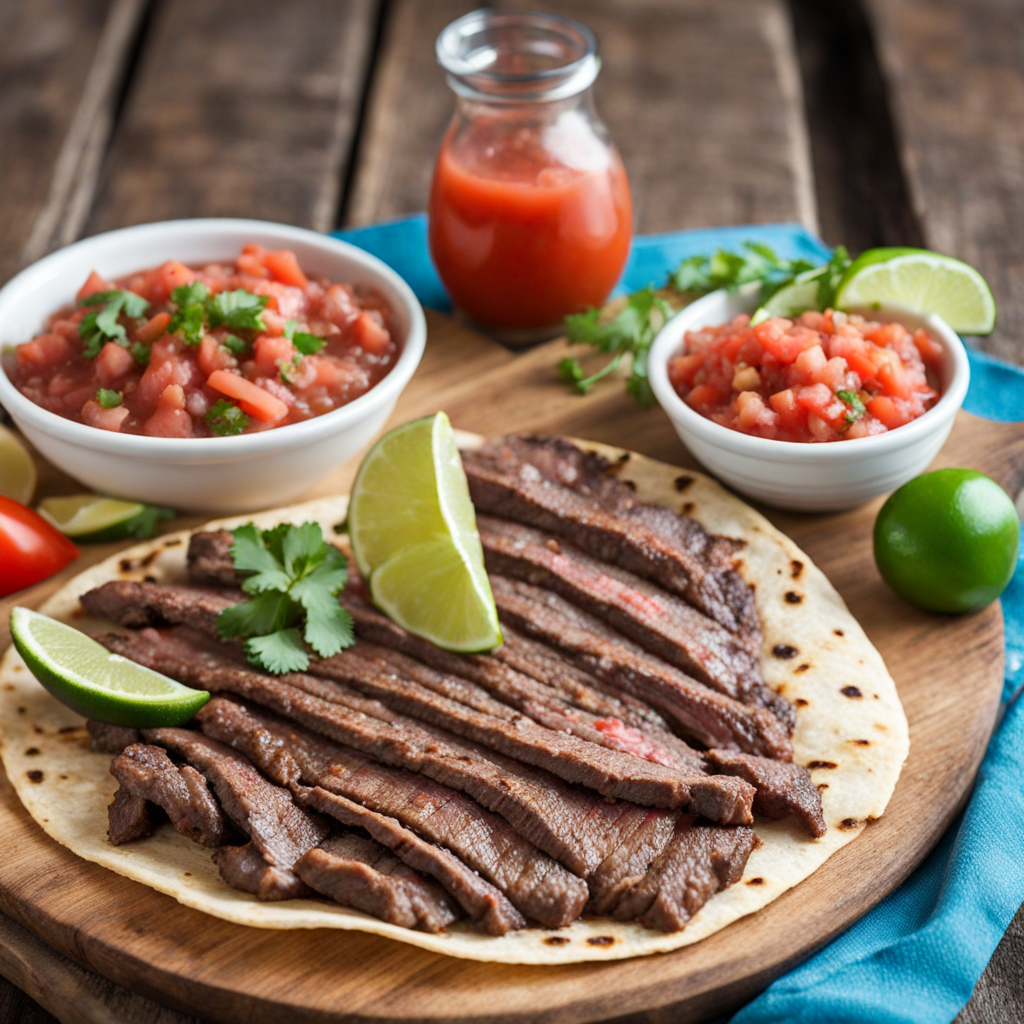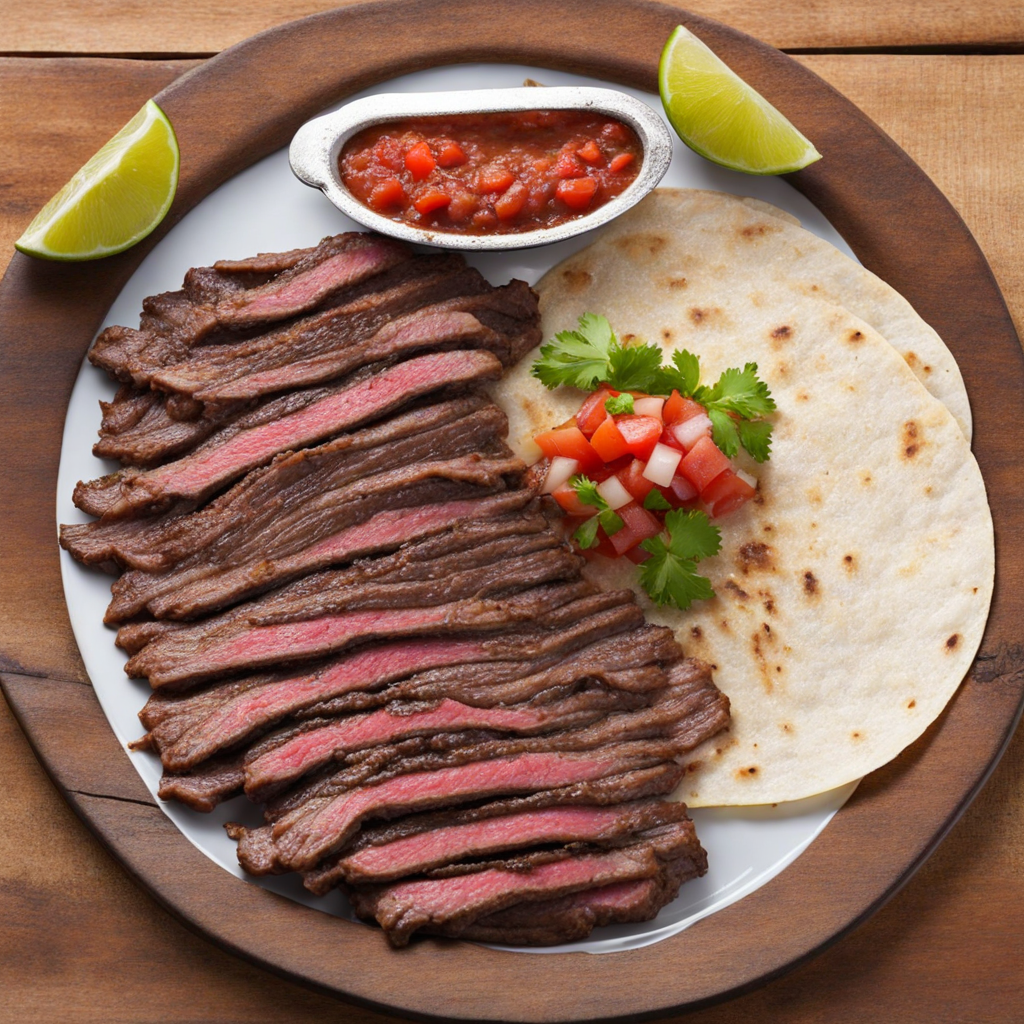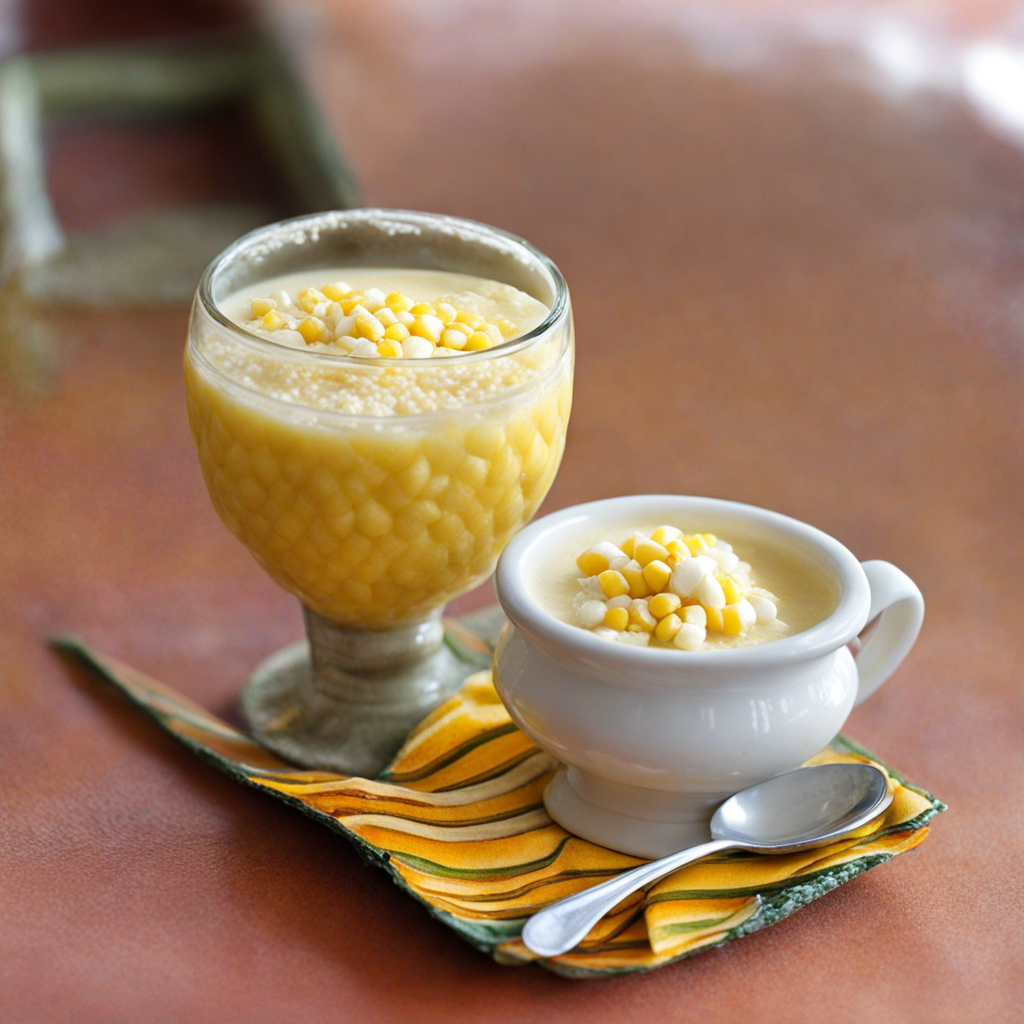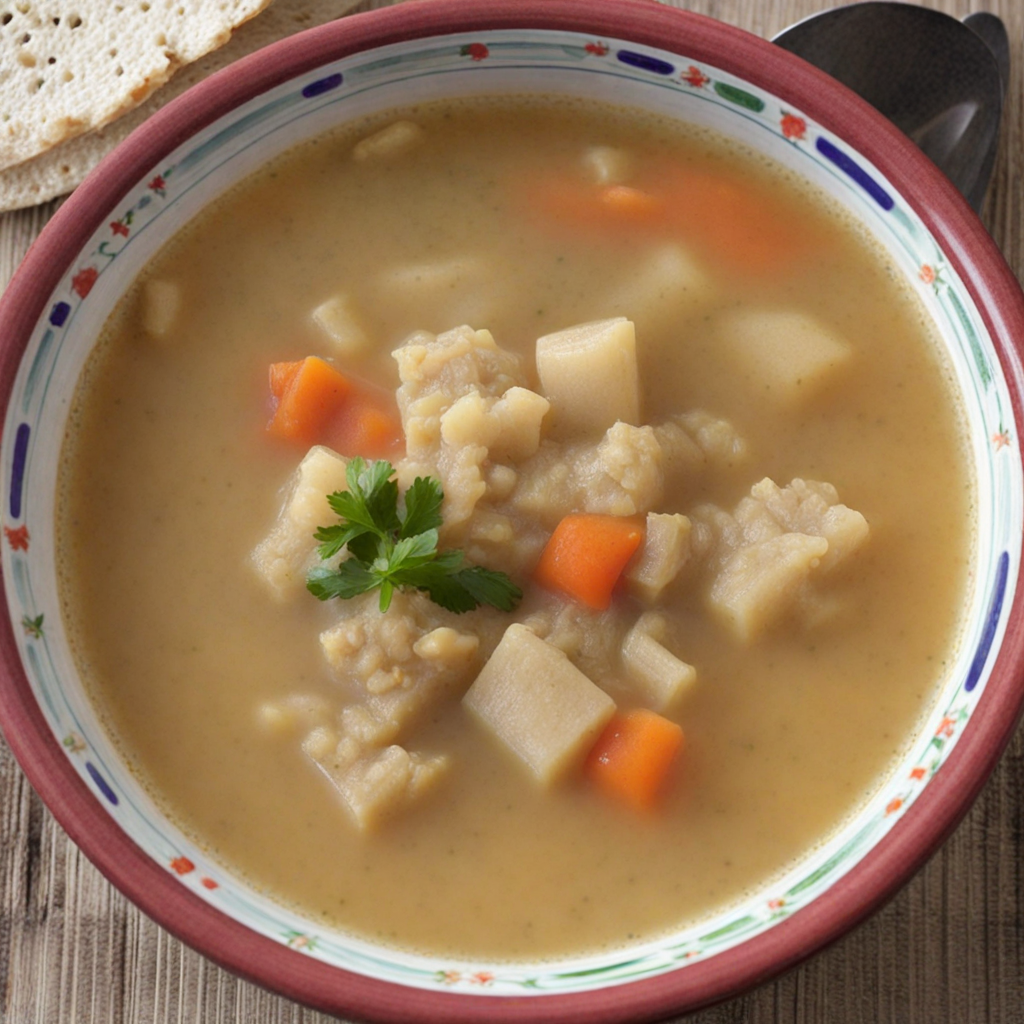Carne Asada
Carne Asada, a beloved dish hailing from Honduras, presents a tantalizing experience for those eager to explore vibrant flavors. The dish primarily consists of marinated beef, typically flank or skirt steak, that is grilled to perfection. The marinade often includes a blend of citrus juices, garlic, and various spices, infusing the meat with a zesty and aromatic profile. This smoky, charred exterior complements the tender, juicy interior, creating a delightful contrast in textures that will leave your taste buds craving more. Served alongside the Carne Asada are traditional accompaniments that enhance the overall experience. Freshly made tortillas are a must, providing a warm and soft vehicle for the beef. Often, the dish is accompanied by a medley of toppings such as pico de gallo, guacamole, and spicy salsas, which add layers of freshness and heat. The combination of these elements not only celebrates the robust flavor of the grilled meat but also brings a harmonious balance of taste and texture to each bite. To truly savor Carne Asada, it is often enjoyed in a communal setting, where sharing is encouraged. This cultural aspect of the dish elevates the dining experience, inviting friends and family to gather around the table, indulge in the mouthwatering flavors, and create lasting memories. Whether served as a hearty meal or featured at festive gatherings, Carne Asada embodies the essence of Honduran cuisine, offering a delicious exploration of Latin American flavors that is sure to delight and inspire culinary adventures.
How It Became This Dish
The History and Cultural Significance of Carne Asada in Honduras Carne asada, a dish that translates to "grilled meat," holds a cherished place in the culinary landscape of Honduras, embodying both the country's rich history and its vibrant culture. While carne asada is enjoyed throughout Latin America, its Honduran rendition is steeped in unique traditions and flavors that reflect the nation’s diverse heritage. #### Origins of Carne Asada The roots of carne asada can be traced back to the pre-Columbian era when Indigenous peoples of Central America relied heavily on the natural resources around them, including various meats from animals they hunted. With the arrival of Spanish colonizers in the 16th century, new culinary techniques and ingredients were introduced, blending with Indigenous practices. The Spanish brought cattle to the region, which became a significant source of protein and laid the foundation for dishes like carne asada. In Honduras, the preparation of carne asada typically involves marinating cuts of beef, often flank or skirt steak, in a mixture of spices and citrus juices, particularly lime. This process not only enhances the flavor but also tenderizes the meat, creating a succulent dish that is grilled over an open flame. The use of local ingredients, including garlic, oregano, and achiote, adds a distinct Honduran twist to this beloved dish. #### Cultural Significance Carne asada is more than just a meal in Honduras; it is a social event. Traditionally, it is prepared for gatherings, celebrations, and festivals, where family and friends come together to enjoy the rich flavors and the communal experience of cooking and eating. The act of grilling meat is often accompanied by laughter, storytelling, and music, creating an atmosphere of camaraderie. In many rural areas, carne asada is a centerpiece of the “güirria” or “parranda,” festive outings that may involve picnicking in nature or celebrating special occasions such as birthdays, weddings, or holidays. These gatherings highlight the importance of community and family in Honduran culture. The dish is often served with sides such as rice, beans, tortillas, and a fresh salad, making it a complete meal that nourishes both body and spirit. Moreover, carne asada has become a symbol of national pride. In a country where food is an expression of identity, the preparation and sharing of this dish reflect the values of hospitality and togetherness that are integral to Honduran life. The dish also showcases the agricultural bounty of the region, with locally sourced ingredients that celebrate the land’s offerings. #### Development Over Time As Honduras has evolved, so too has the way carne asada is perceived and prepared. The 20th century brought significant changes, including urban migration, globalization, and a growing influence of international cuisine. In urban areas, carne asada is commonly served in restaurants and street vendors, making it accessible to a broader audience. This shift has introduced variations on the traditional preparation, where different cuts of meat, marinades, and cooking techniques emerge. For instance, while the traditional grilling method remains popular, the convenience of modern cooking appliances has led to adaptations, such as cooking carne asada on gas grills or even in ovens. Despite these changes, the essence of the dish remains intact, rooted in its rich history and cultural significance. In recent years, there has been a growing awareness of the importance of culinary heritage, leading to a resurgence of interest in traditional cooking practices. Many Hondurans are returning to their roots, experimenting with traditional recipes and reviving family cooking methods passed down through generations. This movement has helped to elevate the status of carne asada, allowing it to be appreciated not just as a dish but as a cultural artifact. #### The Globalization of Carne Asada The globalization of cuisine has also impacted carne asada's reach beyond Honduran borders. As the Honduran diaspora spreads across the globe, so too does the love for carne asada. In cities with significant Honduran communities, such as Los Angeles, Houston, and Miami, restaurants and food trucks serve this dish, introducing diverse audiences to its flavors and traditions. This culinary exchange has led to fusions that blend Honduran carne asada with elements from other cuisines, creating innovative dishes that resonate with both traditionalists and modern food enthusiasts alike. Moreover, carne asada has found its way into popular culture, often appearing in media and culinary competitions that celebrate Latin American cuisine. The dish's versatility allows it to be adapted into various formats, from tacos to burritos, appealing to a wide range of tastes and preferences. This adaptability ensures that carne asada remains relevant and continues to evolve while retaining its core identity. #### Conclusion Carne asada is more than just grilled meat; it is a vibrant reflection of Honduras's history, culture, and social fabric. From its Indigenous and colonial origins to its status as a beloved national dish, it encapsulates the essence of what it means to be Honduran. As it continues to adapt and thrive in a globalized world, carne asada remains a symbol of community, celebration, and identity—a dish that brings people together around a shared love of food and tradition. In every bite of carne asada, one can taste the rich tapestry of history, culture, and the enduring spirit of the Honduran people. Whether enjoyed at a family gathering, a festival, or a street-side stall, carne asada serves as a reminder of the importance of togetherness, the beauty of culinary heritage, and the joy that comes from sharing a meal with loved ones.
You may like
Discover local flavors from Honduras







